Night fell. We used the darkness to reach the police station.
Signs identified the building as being the headquarters of both the county sheriff’s department and the local police precinct. Perfect, all the eggs in one basket.
Patrol cars, range rovers, and a few motorcycles were parked in an enclosed area. We sensed emotions coming from inside; anticipation, excitement, little specks of fear. Paper in abundance. Typewriters and old wood paneling. Mold, a stained drop ceiling, scratched up desks. We felt caffeine, a little bit of alcohol. And we felt gunpowder.
In the briefing room, officers sat in ragged swivel chairs or leaned against walls. Coffee was sipped, savored. A pudgy man was methodically cleaning a combat rifle.
The sheriff paced back and forth in front of a chalkboard, “I want you to set up a rotation of roving teams.”
“I’m sorry, but do you really think that will work?” the city’s police chief questioned, “I mean, the odds of them stumbling onto the killer-”
He was cut off by the sheriff, “It is to provide a strong presence, to reassure the locals. We want them to think, to know that we are doing something about this.”
“Is that really the best use of our resources?”
“I will decide what is and isn’t the best use of our resources. Is that psychological profile ready yet?”
“Yes,” a lanky, balding man replied, “The killer is acting on intense, I would even say overwhelming sexual desires. The castration of one of his victims indicates jealousy of other men, as well as a revulsion at himself. Indeed, he has never come to terms with his sexual awakening. He is likely nearing middle-age, and yet, he is still as confused as a teenager. He killed the women because he hates them, perhaps because they reject him, or perhaps because he fails to want them. That’s right, the killer likely has homosexual tendencies. One thing is certain: this isn’t a one-time event. He will strike again. If he hasn’t already.”
A female officer with short blond hair, “Does he always connect violence with sex?”
Another officer, this one a native American, “Not everyone gets off to rough sex like you, Kolaczki!”
She presented him with a rude hand gesture, “You just can’t handle me.”
“Enough!” the leader shouted, “I don’t care what kind of weird mommy issues the killer or any of you have. We are going to find this creep. Double the helicopter patrols. Search the woods for homeless camps. Ask around about drifters. Anything that you can think of.”
The police chief let out a sigh, got up and went into his office. Kolaczki went to the radio room.
We slipped into the station, found our first victim. He carried a pump action shotgun with battered wooden furniture. A claw swipe took the hand that held the trigger. He lost his grip on the hand guard as we ripped the weapon away from him.
He switched his wide-eyed gaze between us and the bleeding stump where his hand used to be. Using the shotgun’s buttstock as a bludgeon, we struck him on the head. Globs of blood, pieces of bone, and chunks of brain splathered the wall.
We retracted our claws. Why not use the primitive weapons of these people against them? It struck us as fitting, the gun that they had made in their quest to do violence upon one another would be used against them. It was then that it occurred to us: they were not unlike the people of our world.
His screams attracted attention. An officer bolted around the corner, reaching for his sidearm. We raised the scattergun, sending a blast of buckshot into his chest. He flew into a wall, leaving a trail of blood on it as he slid down to the floor.
Incoming fire drowned out the war cries of the shooter. We moved out of the line of fire, slashing up a pair of foes as we entered a small room.
Back in the hallway, we felt the empty magazine fall, hit the floor and clatter around. His hand moved to load a replacement. We didn’t give him a chance.
We picked the weapon up off of the bloody remains. A select fire rifle with plastic furniture, all in black. The weapon was a symbol of the slaughter in the jungle which still tore at the people of that region’s minds.
Firing from the hip, we raked a long burst across the briefing room. Stacks of papers were thrown into the air. Pen holders burst apart. Officers cried out as they fell. Blood splattered against the wood paneling. A cop fired his rifle into the air as he died, destroying a row of ceiling tiles.
One came down a flight of stairs. We squeezed the shotgun’s trigger. The cop went back up a few steps, before falling back down them again. The chief burst out of his office, revolver in hand. A shotgun blast sent him tumbling over his desk.
From around a corner, a feminine figure, sidearm drawn and pointed at us. Muzzle flashes. Kolaczki scored a hit, staggering us. We fired both weapons. She took cover as the bullets and pellets danced around her.
We moved behind a sturdy pillar. Then we turned our focus inward. No vital organs had been destroyed. A heart had been grazed. It would heal.
More shots. The woman was working her way around our flank. She emptied her automatic, firing one handed. We took aim, knowing that she would need to reload. She raised a second weapon, a snub-nosed revolver. We fired at the same moment she did.
The burst tore her belly open, the final round taking a chunk of flesh off of her right arm. She managed to work her way around the cylinder before she fell, striking her head on the floor.
Five of the slugs had found their mark. Once again, we checked ourselves. Nothing fatal, but certainly debilitating.
Then we focused outward, searching for survivors. Only one, the sheriff lying in a pool of blood, a mixture of his and the dead officers around him. He tried to raise his weapon as we approached, but his strength failed him. We dined on him, giving us the nutrients needed to heal our wounds.
We walked over to the woman. That one had been brave, a true warrior like in the old poems. And she still clung to life. We picked her up and left the building. As we walked away, a young man caught sight of us. We turned and smiled at him.

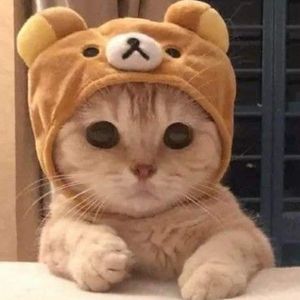

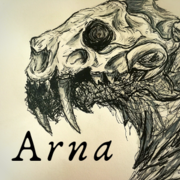
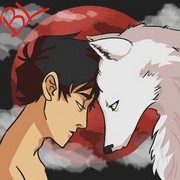
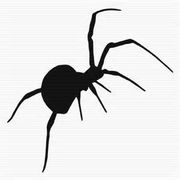

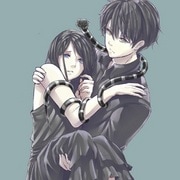
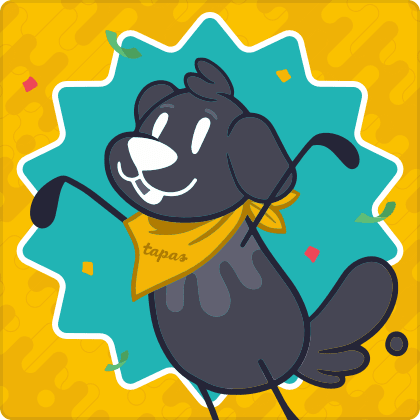
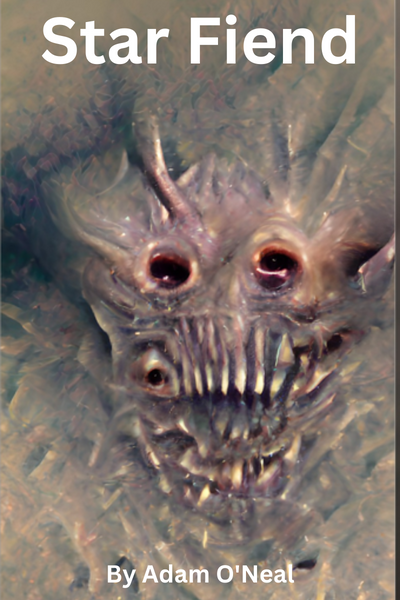
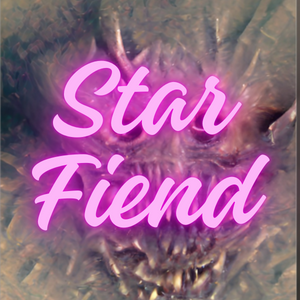
Comments (0)
See all